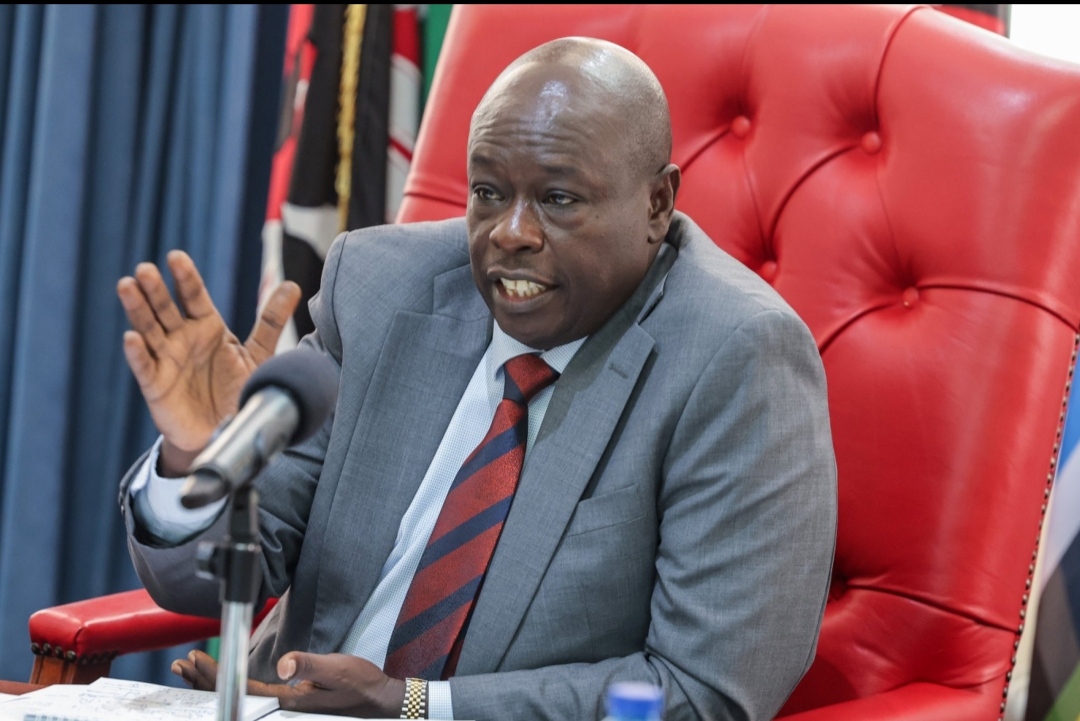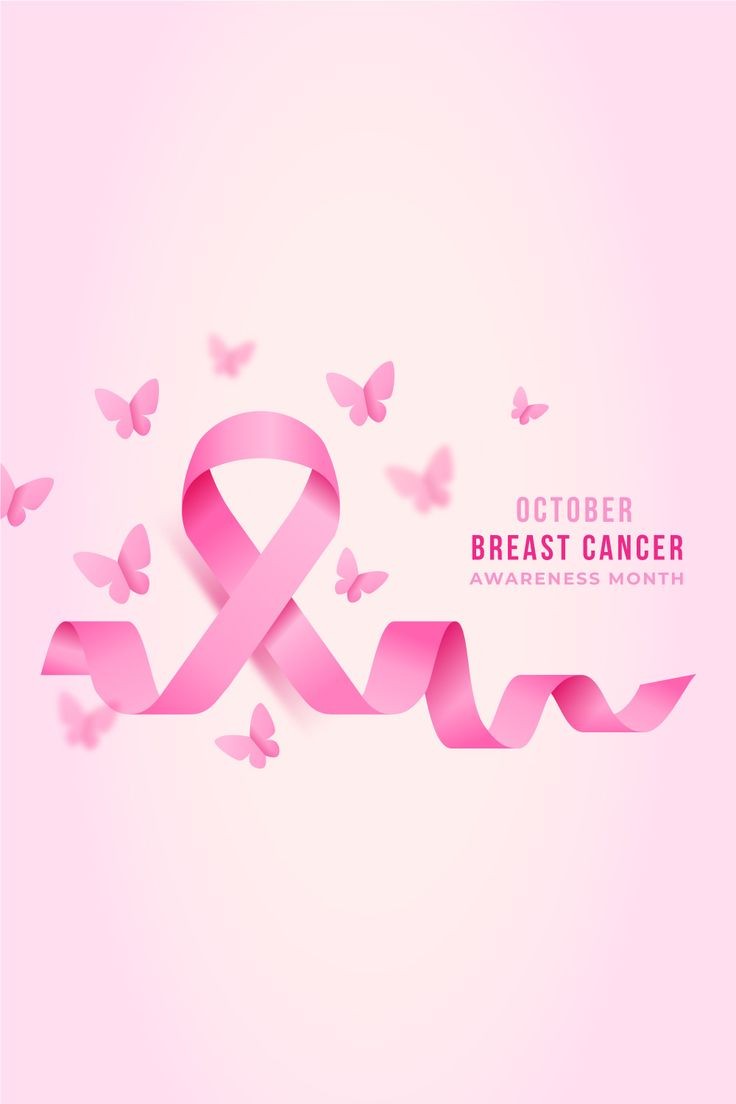Proof that art pays
Aggie the Dance Queen – Dancer
Most Kenyans came to know Aggie Kiunga aka Aggie the Dance Queen when she featured in the hit song Short and Sweet. However, her journey to fame and recognition as one of the Kenya’s top dancers is nothing close to short and sweet – it has taken dedication, hard work and undivided focus in order to achieve her trademark fluid, effortless moves.
Aggie the Dance Queen was born in Laikipia. She attended Nyeri Junior Primary School and later Mahiga Girls High School in Othaya. Unbeknown to many, she holds a Bachelor’s degree in Biology from Kenyatta University.
While her talent was undeniable in her schooling days, it was not until campus that she decided to pursue dance seriously. The laid-back dance queen says she easily carried the day during dancing competitions in high school. Now that she has had a taste of professional dancing, she wishes she could have done dance theory in campus if only to broaden her knowledge in the field.
Aggie’s announcement to her folks that she would be pursuing dance solely was not exactly met with claps and cheers.
“There is the initial disapproval and discontent especially when it comes to the societal stereotype that dancing or art is for the hopeless and lost category of people – the same applied to my folks. They were not really happy but at the same time they never openly disapproved, but I could feel their uncertainty,” she narrates.
Her parents had a change of mind when she got to travel to Holland for two months for a gig. According to Aggie, they just needed proof that dancing could pay and when they got it and she started appearing on TV, newspapers and magazines, she became their source of pride.
Her foray into professional dancing took place when she attended auditions at Sarakasi Trust. She got a spot at the dance academy and that is when she started refining her moves under the strict guidance of her instructors. From there, it has been leap after leap; a series of local and international gigs after another.
While she featured in Short and Sweet alongside a host of other incredibly talented Sarakasi dancers, Aggie stood out, consequently becoming an overnight Kenyan sweetheart so to speak. As the song popularity grew, so did her star. To many who did not know her exploits before, this was considered a big break, which she denies vehemently.
“I don’t consider it the big break because I have had so many breaks but this was God’s timing,” she explains.
That said, she agrees that the Short and Sweet video exposed her and opened more doors because soon after, she participated in Coke Studio and got to perform alongside the crème de la crème of Africa’s artistes.
In 2017 and 2019, she scooped the Best Female Dancer and Best Dancer Mzuka Africa Awards respectively, and has her eyes set on more international accolades. Besides awards, her long-term strategy with regard to dancing is creating change.
“I want to bring change to dancers in Kenya especially in terms of finances and mapping. I want to have my own dance agency to nurture more untapped talent,” she asserts.
Does dancing adequately pay her bills? “Dance is a career like any other and I am glad that Kenyans are getting to appreciate it. I charge for appearance and I have my manager – Oscar Mwalo – who handles the financial aspect of it,” she expounds.
Like most women, Aggie has a hard time denying herself shoes and clothes, and she overspends every once in a while, when she does not have a budget. As she struggles to rein her appetite for those two in, she notes that one does not have to live in misery to save.
“Spare something small, I call it pesa ya kushukuru mwili yako, that is, treat and thank your body for serving you well so that it can keep serving you even better. Actually, the more you spend the harder you work,” she says.
With a wealth of experience to draw from, Aggie advises prospective dancers not to let money be their sole inspiration.
“First, make your body fit enough to fit any sort of dance style or technique,” advises Aggie and concludes, “Aggie has had her journey. Yours won’t be in the same time frame but success won’t come overnight, failure is just another chapter of your life being opened. Keep going.”
Rebecca Ndunde Bulimo – Woodcut Printer
Twenty-two-year-old Rebecca Ndunde Bulimo, alias Becky, is a woodcut printer who makes impeccable art pieces. She holds a Diploma in fine arts from Kenyatta University. She initially wanted to do interior design but to do that, she needed a background in fine arts. As it turned out, she fell irrevocably in love with fine arts and has since abandoned her interior design dreams.
What started as an internship at the Kuona Art Centre has now turned into a vocation. And while artists are perceived to be lonely and sombre, Rebecca is anything but. She is outgoing and chatty, and sports short dreadlocks.
Asked whether her talent is inborn or acquired, she says that she could draw from a young age but did not want to be an artist then.
“If you asked me if I wanted to be an artist back then, I would say no. I wanted to be a doctor – a neurosurgeon specifically – or lawyer, ,” she shares.
When she got to high school, her interest in art had not yet fully registered. While she admired the art students from afar, she did not like that they were always told what to do and what to draw.
“I hate boundaries, even in my work, I love to have the freedom to explore,” she shares.
It is for this reason that she does not pursue themes in her pieces. She finds themes too constricting. With no themes to guide her work, where does she draw her inspiration?
“The inspiration behind my work comes from many places but mostly from the conversations I have with people,” she explains. This gives insight to her talkative nature as the conversations she has with people are rich avenues for fodder to feed her art.
Most artists hope to earn a living from their art of choice because artists as they are, they still have bills to pay. Thus, the money conversation is a pertinent one when it comes to art. So, does art pay?
“If it weren’t paying, I wouldn’t be here,” comes her answer. When her pieces are bought, besides the fact that she has earned money, it makes her feel appreciated.
“You spend a lot of time making art, a month or over. If someone buys it, it means they really liked it. That’s the beauty of art.”
Rebecca prices her art according to sizes. They range from Ksh5,000 to tens of thousands.
Every profession comes with its own set of challenges and woodcut printing is no different. The biggest challenge, Rebecca says, was convincing her parents to let her pursue art. The Kenyan society has not yet refined its tastes in art as a whole, and convincing her parents to let her pursue it was an uphill task.
The lack of appreciation of art informs her second challenge, which is, sometimes her art may sit for months without being sold. When it gets sold, it is a good feeling, but the wait is grueling. Her clientele is principally made up of a certain class because it is a luxury, regretfully. If this is not narrow enough, her buyers are typically foreigners. For someone who draws inspiration from the Kenyan conversations, she wishes art would draw the local appeal.
Yet another prominent challenge is the perception the society has of artists. “You tell someone you are an artist and they think you probably failed in school and had nothing better to do, which is completely false because we have an engineer and an accountant who came to Kuona Art Centre to pursue art instead,” Rebecca shares.
Having seen and experienced it all, Rebecca now wants to start programs that will see children from a young age pursue their dreams and talents – be it arts or sports – without being deterred. She wants these programs to be hinged on the fact that it is possible to earn a living through art, and this can be assured and guaranteed if the Kenyan society starts appreciating art more.
How has being an artist changed her?
“I have locks,” she giggles. She then goes serious and says that it has taught her patience – patience in seeing her vision come to life in her pieces and in waiting for the right client to come and buy them. It has also helped her manage her finances well and set her priorities.
Ed Wainaina – Creator, Illustrator, Artist
For 23-year-old illustrator Edwin Wainaina, there is nothing else he would rather be doing with his life aside from art.
Thankfully for him, he grew up in a time when people were more thawed to the arts and his interest in drawing was encouraged instead of being sidelined. “My late mum would always encourage me to keep on drawing and practicing. She molded me from a young age and instilled in me that one can prosper in life if they follow their heart and dreams,” he begins.
And that is exactly what he is doing – making a living out of art by drawing or creating pictures for books, magazines and advertisements or for public spaces. His Instagram page also bears testament of this as it is filled with skillfully done illustrations that command awe.
As he continues to hone his craft, more and more people are taking notice. In fact, his first big break came early on when he was contracted by East African Breweries Limited to create artworks for Tusker. Another of his pieces titled ‘The Grind’ is proudly displayed at the Skyward Express at Wilson Airport, which is no mean feat.
As it stands, art is what puts food on the table, so to speak. “It’s like any other job, if taken seriously. We have legends like Patrick Mukabi and Michael Soi selling their paintings for millions so it’s definitely possible. As long as your art speaks to a soul, they’ll be influenced to purchase it,” he offers.
Ed knows this all too well as he is reaping the fruits of his passion. “It’s my source of livelihood. One just has to know how to market themselves in Kenya and I always say ‘Chema chajiuza’ so people will effortlessly find you if your work speaks for itself,” he asserts.
Having started drawing at seven years of age and gotten formal training in art and design from The University of Nairobi, he has continued to hone his skill despite several challenges along the way, the first being the cost of art supplies.
Ed, who works on freelance basis, also reveals that the uncertainty of the job sometimes gets to him. “Working as a freelancer, sometimes the amount of jobs can be high or low so it’s not a fixed or steady income. There are months that have been dry!” he chuckles.
And although he has been doing art for 16 years, he also admits that sometimes he feels unmotivated to work. “There are days I get this art block where I can’t seem to think of any good ideas. You have to be aware of yourself and recognise when it is happening so that you don’t get stuck in a rut,” he says.
It is no wonder, then, that his mother is the influence behind his art and he is grateful that his parents are supportive, “They used to support me financially until I took matters into my own hands. They knew I loved art so they didn’t bother. Though they didn’t have an interest in art, they still encouraged me to keep being great.”
Just as his parents’ support has helped shape his career, he urges parents to mold their children’s talent and be their biggest supporters.
To those in charge of the curriculum, which for the longest time has suppressed art in schools, he implores them to give art its proper place in the learning process. “Art needs to be taken seriously! Music, painting, cooking, photography and all other art forms are fields that could land people in high places,” he states.
Although Ed currently illustrates fulltime, he wants to take up photography and videography and challenges others interested in art to pursue it.
“You shouldn’t be afraid to take a leap of faith and pursue your dream. It’s really painful to do something else that isn’t you, knowing that your passion is calling you. The rewards will be tremendous in the end,” he emphasises.




